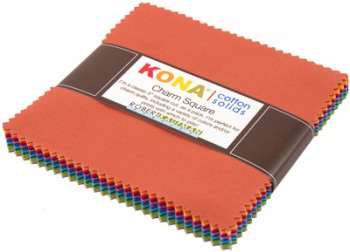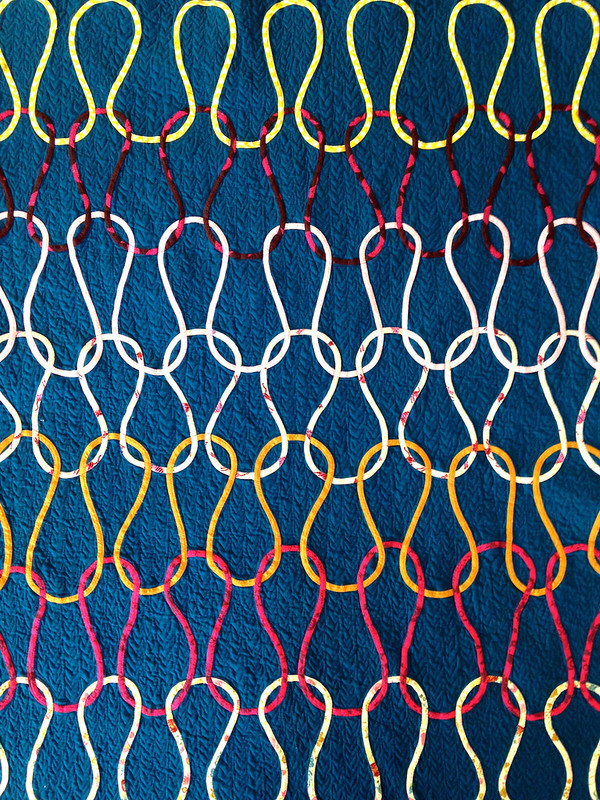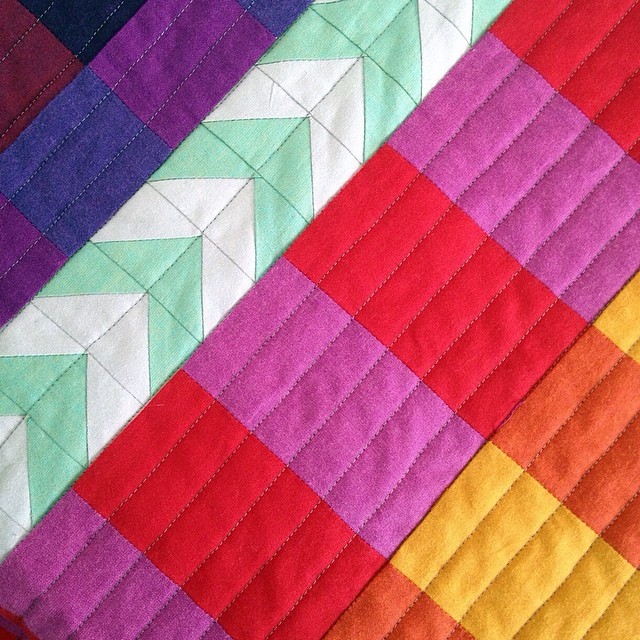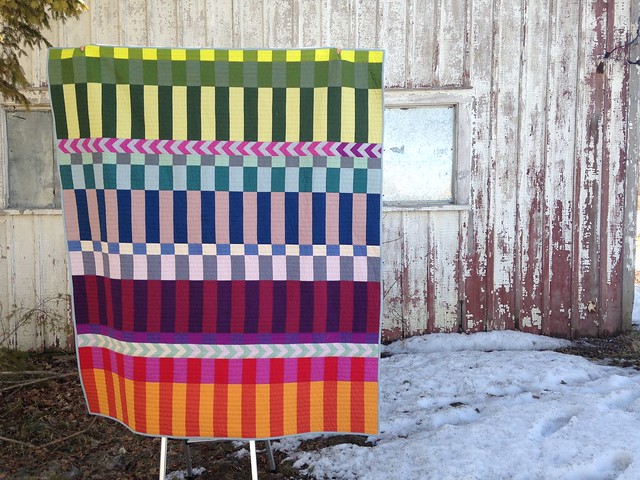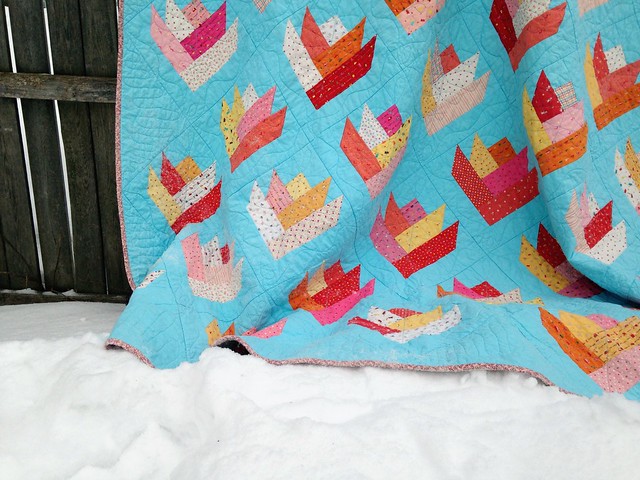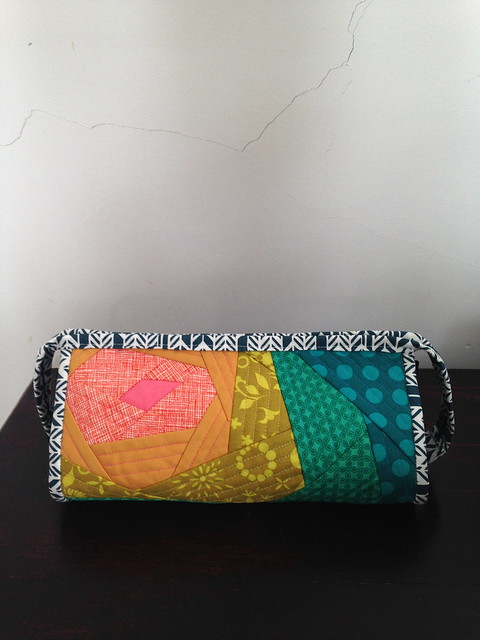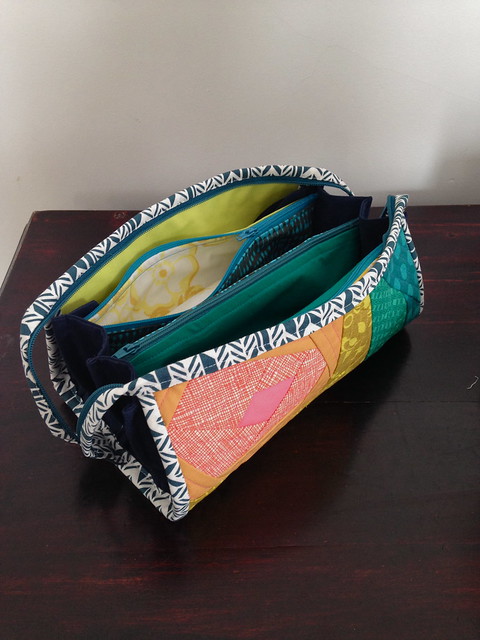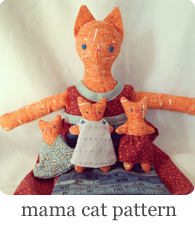While working on my knit stitch quilt, I figured out one way of doing bias applique that worked for me. This is how it went.
First part: Bias tape
I did a small amount of research and found that the people who do crazy small bias applique – the Celtic knot people – use bias bars to make bias tape instead of a bias tape maker. What is the difference? You know how when you make bias tape with a bias tape maker, the creases can relax and your raw edges can get hard to deal with/visible/weird? With bias bars, you sew the bias tape into a tube (wrong sides facing – you’re not turning that business). Then, you put the bar into the tube and use it to press the tube flat. The seam goes on the back and no edges wiggle out anywhere.
Second part: Getting the bias tape on the foundation
Debbie gave me the best two cents about bias applique. I had wanted to make a word using bias, and my effort kind of looked like hell. She said, You’ll want smaller tape, and you’ll need to press the heck out out it. These two sage bits of wisdom helped me get off on the right foot when laying out the knit stitch quilt.
I knew I wanted each knit stitch row to be about 10 inches tall. I marked the height with masking tape on my foundation fabric. Then, I used the iron to press my bias tape into the knit loops. After I pressed the whole row of loops, I used applique glue to secure the loops to the fabric. (Actually, for the first row I used pins, but I pricked myself so many times that I went looking for other options.) I think applique glue might just be school glue with a nicer cap. The cap on the glue I used had a long, thin tube so the glue came our slowly and I could apply it accurately. Lynn has since told me to watch out for rust in the metal caps!
When gluing the loops, I left two unglued spaces on each loop. This is where the next row of bias tape gets “knit” in. Because each row is locked into the row above it, I always shaped and glued the next row before sewing the current one. To do the actual “knitting”, I ran a bias strip under the loop below it, through the unglued spaces.
Then I pulled up each loop in line with the stitch below it, and pressed it in place. For each row I marked the desired height with masking tape, as a guide.
Third part: Stitching
Once I had a row secured and the row above it set, I stitched the row. I found that the blanket stitch worked best for me. I like the way it catches the applique without flattening it down or making a hard straight line. I also found it easier to control and more forgiving than a straight stitch. I stitched on both sides of the bias tape, following the curves and stopping and breaking the thread where the “yarns” intersected. I used thread to match the bias tape.
I repeated this process until all rows were stitched down. ta-da!
{ Comments on this entry are closed }








